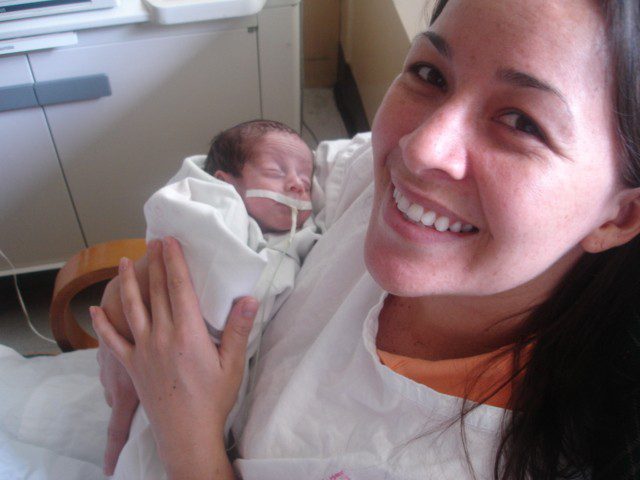An abstract published in BMJ Open, an open-access medical journal says that infant massage has been identified as one activity that helps parents of preterm infants feel supported. “The birth of a preterm infant can be an overwhelming experience of guilt, fear and helplessness for parents,” it noted. It went on to say that providing interventions to support and engage parents in the care of their infant may improve outcomes for both the parents and the infant.
Of the 72 papers identified, 19 were randomized controlled trials, 16 were quasi-experimental studies, and 37 were non-intervention studies. The abstract noted that being taught behavioral assessment scales, breastfeeding, kangaroo care, and baby massage, all helped the parents feel supported. In addition, infant massage reduces hospital stay and occurrence of sepsis (toxic spread of bacteria) in very preterm infants.
For several years I was fortunate to work with a pediatric practice in Denver, Colorado, USA. The pediatricians would refer parents to me when they had premature infants or infants with colic. When I was working with the Neonatal Intensive Care Unit (NICU), I would meet the parent(s) at the hospital and spend a few minutes introducing myself and explaining what we would be doing. I would have written information for them to take home, and would answer any questions they had before we started.

For infant massage Instructors, it is helpful to introduce themselves and some materials about infant massage for preterm babies, offering their services in teaching parents how to massage a premature infant. Often the NICU staff haven’t heard of the differences we apply in these cases, and so turn down massage as being too stressful for the babies. Once they understand what you are doing and you have presented materials to them such as studies of preterm infants and massage, you can provide them with materials that they can give to parents as referrals with your information on them.
We have information in our Instructor Handbook on how to go about setting up a session or group of sessions for a premature baby and parent. Usually, we start by simply relaxing ourselves, then cupping the baby’s back or front (whichever presents) with closed hands together. We call this “Resting Hands,” and though it looks very simple, it is a powerful way to connect skin-to-skin, letting your deep relaxation move through your hands to the baby. Then you can add gentle stroking of the legs and feet. The massage continues, with variations considering the baby’s state. We suggest parents or caregivers go very slowly, with Resting Hands beginning each session, very gentle and slow stroking, and a keen awareness of the baby’s cues as they continue.
By Vimala McClure




